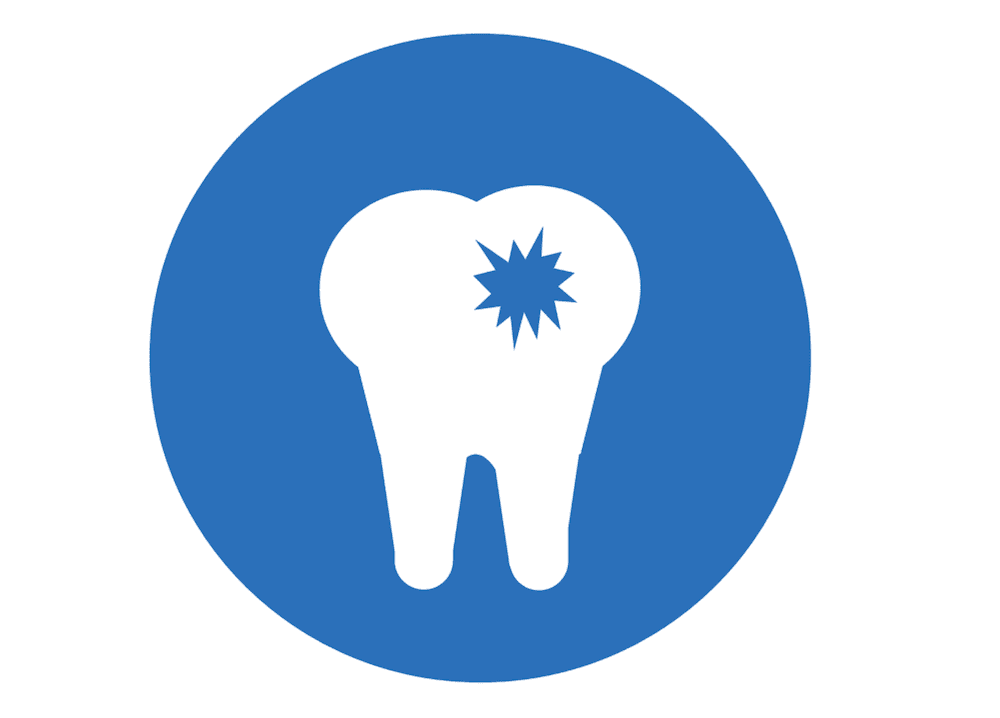
What to Expect When You Have to Get a Cavity Filled

Got a cavity? You’re not alone. Research suggests more than 90 percent of American adults have had a dental cavity at some point.
This means developing a cavity isn’t some kind of moral (or—ahem—oral) failing. Just as comforting? The solution is very straightforward.
The standard treatment protocol for your run-of-the-mill dental cavity is to have the cavity filled. This involves replacing decayed tooth material with a filling material made from composite resin, amalgam, ionomers, gold, or ceramics.
That might sound daunting, but getting a filling is actually a low-risk and straightforward procedure. Here’s what you can expect whenever you have to get a cavity filled; note procedures may vary somewhat from one dentist to the next, and you can always ask your dentist more info for the exact steps they take for your specific needs!
First, your dentist will numb you up.
They’ll probably begin by applying a jelly-like substance to the tooth and its surrounding gums, skin, and so on. This will start the numbing process, which your dentist will top off with an anesthetic injection into the gum around the tooth. Some dentists may also provide nitrous oxide (aka laughing gas) to help you relax, especially if you have a history of dental anxiety.
Next, they may insert a rubber dam.
In some cases, placing this rubber sheet in your mouth can help the dentist better access the tooth in question. It can also prevent liquid and/or tooth chips from falling into your mouth or throat.
Then they’ll remove the decay.
The dentist will use a drill, laser, or air abrasion instrument to remove all of the decayed material from the tooth. This sounds like the scary part, but the numbing agents applied in the beginning of the procedure help ensure this process is painless. After they’ve removed all the decayed material, the dentist will thoroughly clean the affected area.
Lastly, they’ll fill the cavity.
Removing decayed material creates an open space in the tooth, which your dentist will fill in using one of the materials named above. Filling in the hole helps prevent bacteria from congregating in that space, which provides some protection against further decay. Once the dentist has created the filling, they’ll shape and polish it and confirm that it isn’t messing with your bite. From start to finish, the process of filling a cavity typically takes under an hour, and in some cases it may take as little as 15 minutes.
Once you’ve left the dentist, your lips and gums may stay numb for several hours until the anesthetic has worn off. During that time, avoid chewing on the numb side or consuming extra hot foods so you don’t unintentionally harm yourself—and be sure to follow any other after-care guidelines provided by your doctor. Also be aware that the filled tooth may be sensitive to heat or cold for several days or even a few weeks after the procedure. This sensitivity typically goes away on its own.
If you have additional questions about getting a filling, the right dentist will be more than happy to walk you through the procedure and address your concerns. Bottom line? Getting a cavity filled is simple, painless, and the right thing to do for your oral health.
You Might Also Enjoy...


What Happens If I Don’t Get a Crown for My Damaged Tooth?

When Is the Right Time for My Child to Get Braces?

Benefits of Using a Snore Guard

How to Help Your Child Remain Consistent with Invisalign


